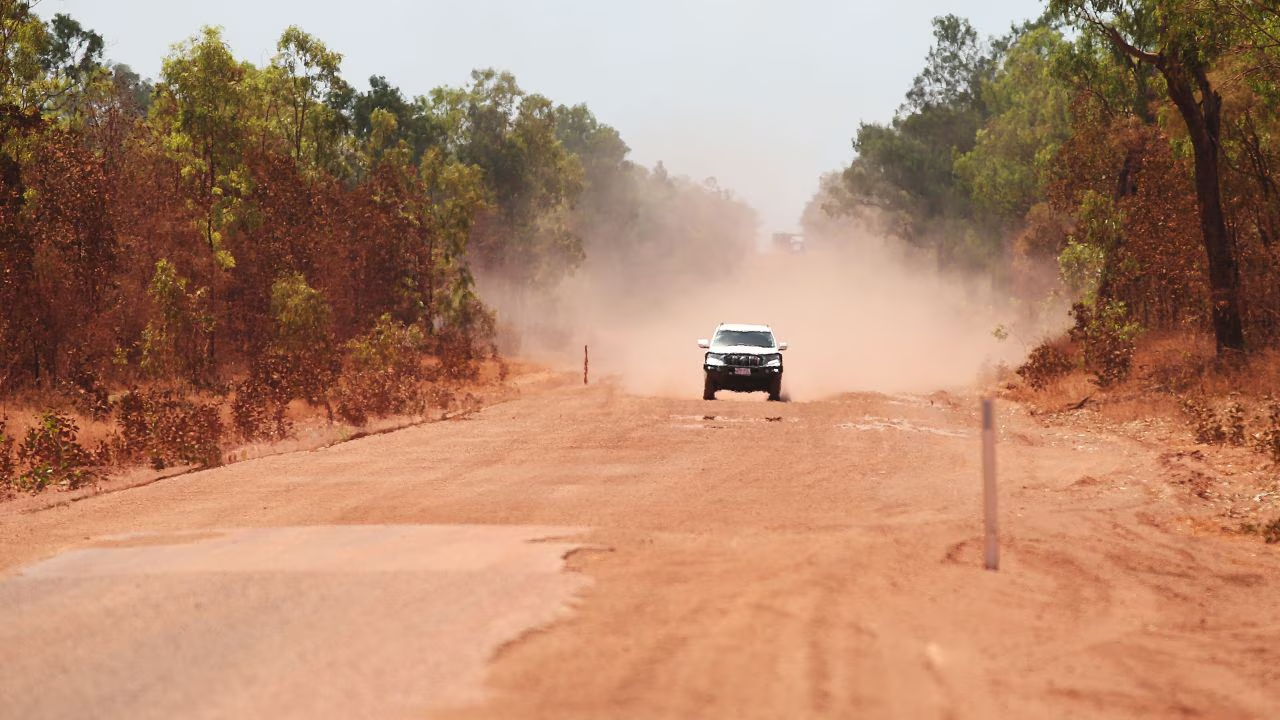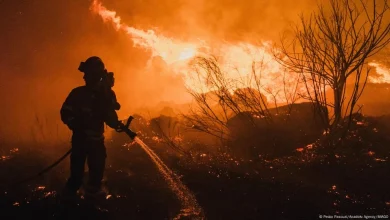‘Higher costs, longer delays’: Labor mulls reducing rural speed limits

The federal opposition has accused the government of punishing regional voters in response to a proposal to cut rural road speed limits from 100km/h to 70km/h.
The Albanese government has proposed reducing default speed limits as part of an effort to improve road safety.
Liberal MP for Grey Tom Venning told Sky News that lowering the speed limit was an admission of failure by the government that they couldn’t fix the roads, so they were slowing people down instead.
“This is an unbelievable and out-of-touch approach from the government that will hit productivity, drive up freight costs, and punish regional communities already doing it tough,” he said.
“Since this proposal was floated, many residents across Grey have reached out to share their frustration and disbelief. They know what the real issue is – it’s not speed, it’s neglect.
“In my lived experience on the land, and now in this role, where I drive 100,000 kilometres a year, just as I did during the campaign – I can say with absolute confidence that SA’s regional roads are terrible compared to other states, and they’re getting worse. Funding isn’t increasing; it’s going backwards.
“We expect every vehicle on our roads to be roadworthy, yet many of our roads aren’t car-worthy. That’s the reality for people across regional SA.”
Transport Minister Catherine King has defended the proposal, saying that the opposition was “running a scare campaign” about speed limits.
“The suggestion our government has suddenly decided it’s time to change regional speed limits is wrong,” she said.
Ms King argued that the National Party had prioritised reducing speed limits under former leader Barnaby Joyce in 2018.
“They were so attached to this idea, they agreed to explore it in a meeting with State Transport Ministers,” she said.
“Strangely, after introducing the idea, the Nationals have now flip-flopped, and are actively campaigning against their own policy.
“So, we’re putting their idea out to consultation. We’ll let you settle it.”
The Department of Infrastructure and Transport argued that reducing default limits could save hundreds of lives, particularly on unsealed or poorly maintained rural roads.
“Some roads outside of built-up areas, especially in regional and remote areas, may not be safe to travel on at 100km/h,” the department said.
“Reducing travel speed on these roads can help prevent the tragedy of road crashes, injuries and deaths, by setting a speed limit that is safe for drivers.
Government modelling estimated that lowering the default speed limit on sealed rural roads from 100km/h to 70km/h could prevent more than 100 deaths per year.
However, its own cost–benefit analysis found the 70km/h option delivered the lowest economic return, compared with reductions to 80 or 90km/h.





